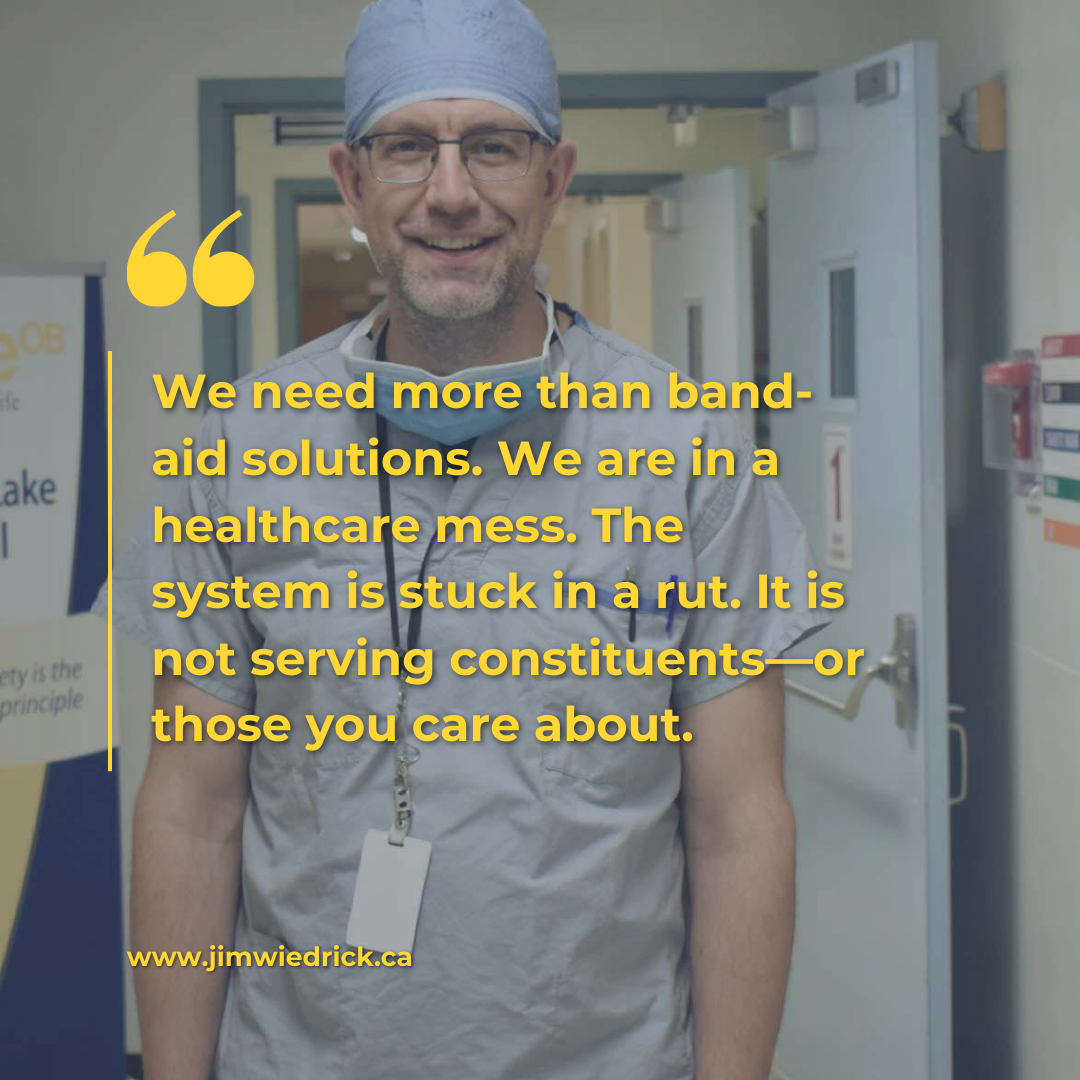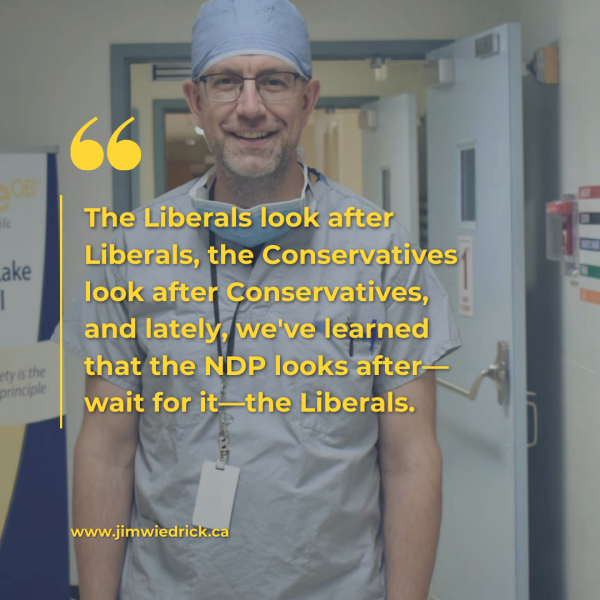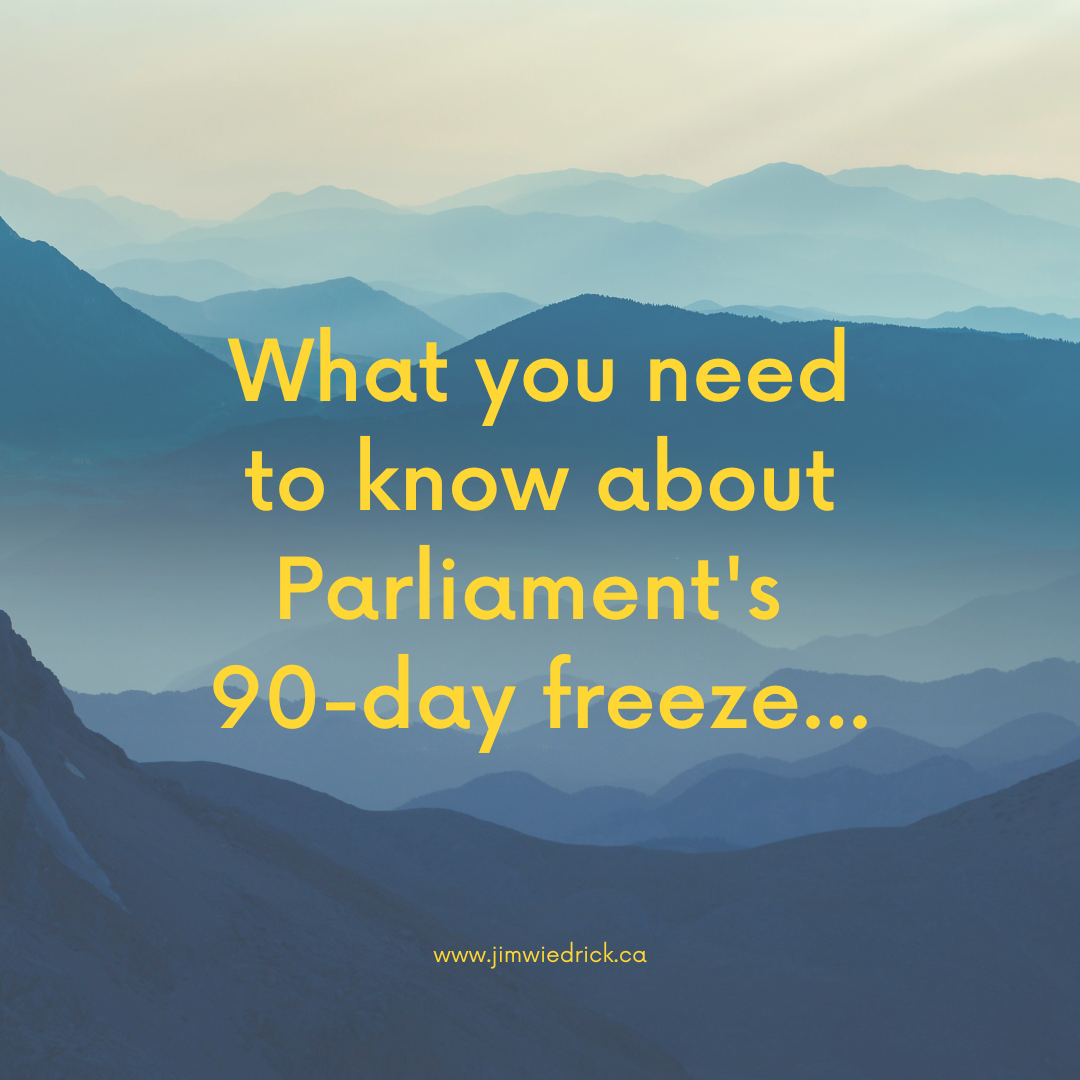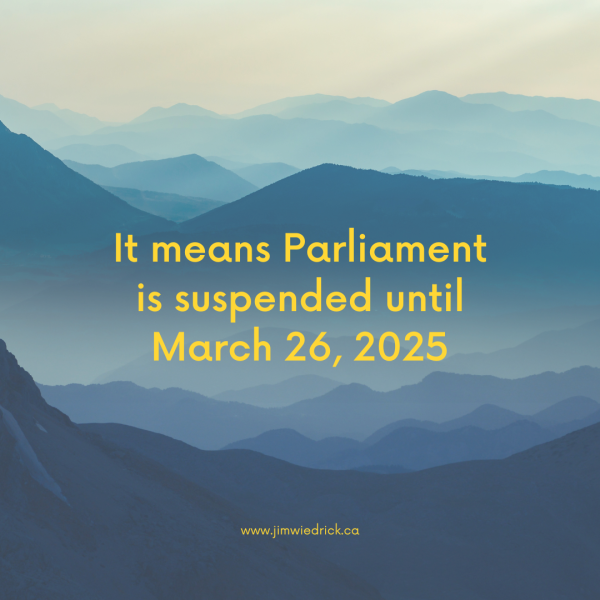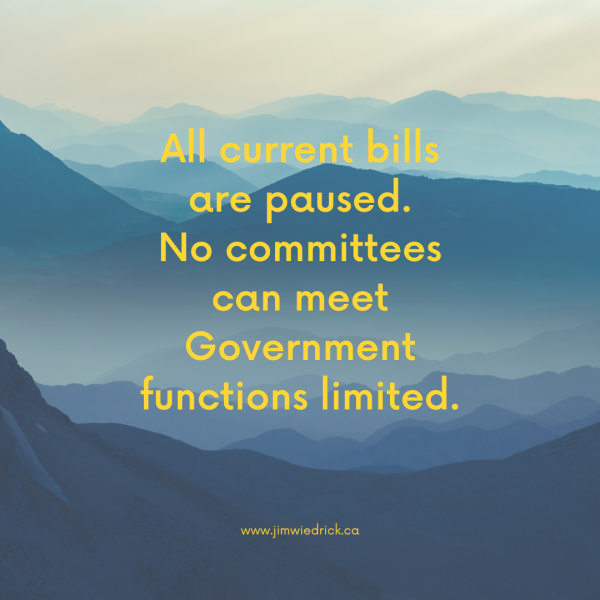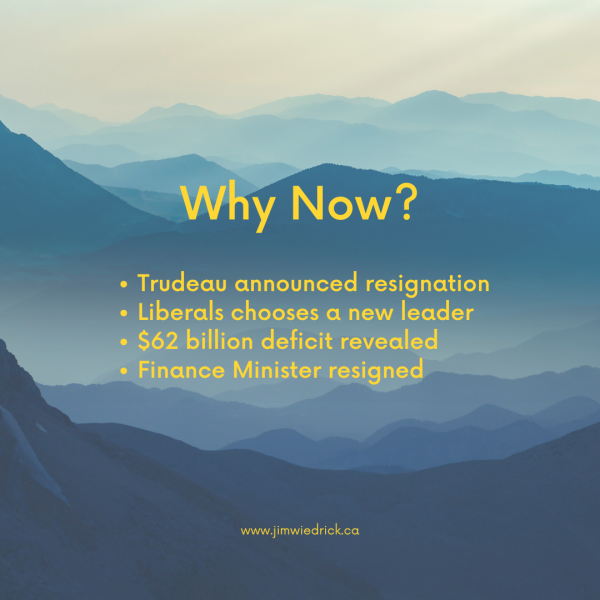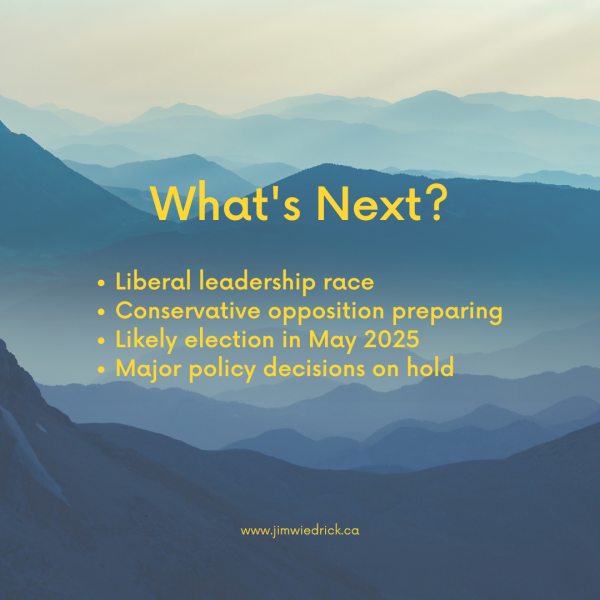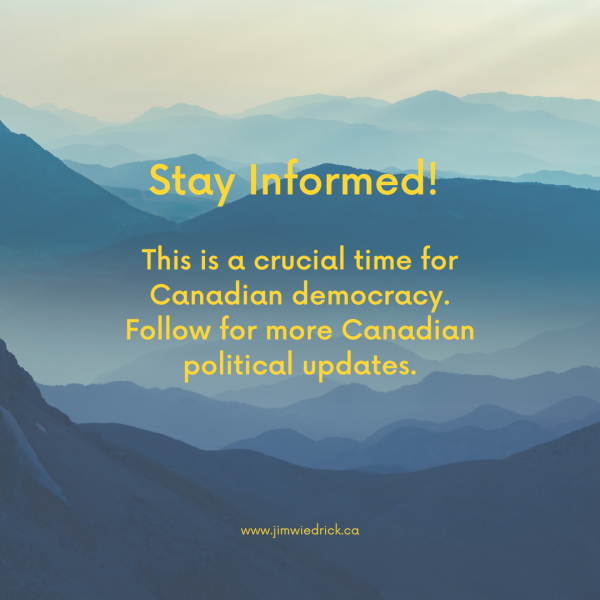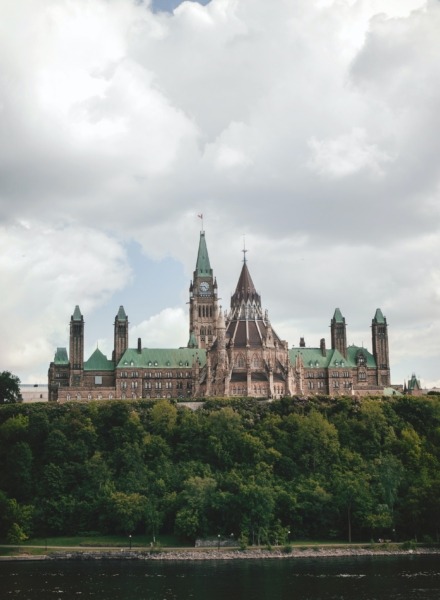Healthcare Reform in Canada: Real Solutions, Not Political Promises
By Jim Wiedrick, Independent Candidate for Columbia Kootenay Southern Rockies
Healthcare reform in Canada is long overdue.
One in five Canadians do not have access to primary care. Emergency rooms are either closed or overwhelmed. Wait times for specialists are excessive—stretching from months to years. We are in a healthcare mess. The system is stuck in a rut, and it is failing the people it was meant to serve.
As an emergency physician here in Nelson, I see this crisis unfolding every day. Patients suffering in limbo, waiting for the care they need. Families are frustrated and exhausted by a system that just isn’t working. Healthcare providers are burned out and stretched beyond their limits.
And yet, what are our political leaders doing about it? Throwing money at the problem and making flashy announcements.
We need more than band-aid solutions.
Why Healthcare Reform in Canada Is Urgent
The problem isn’t just a lack of funding. It’s political party leaders who aren’t willing to play the long game to create real change. Liberal, Conservative, and NDP leaders focus on election cycles, splashing cash and making announcements rather than implementing lasting solutions. That’s not leadership—it’s short-term thinking.
But what if we looked beyond our borders? Why do healthcare systems in Australia and Scandinavia provide better, faster access? Why is a blend of public and private healthcare acceptable for dentistry, but not for other essential medical services? In British Columbia, needed healthcare options are outright banned.
I am not advocating for an American-style system—their government is not our friend, and their healthcare model has gaping holes. But we must be willing to innovate and create more options that actually work for Canadians.
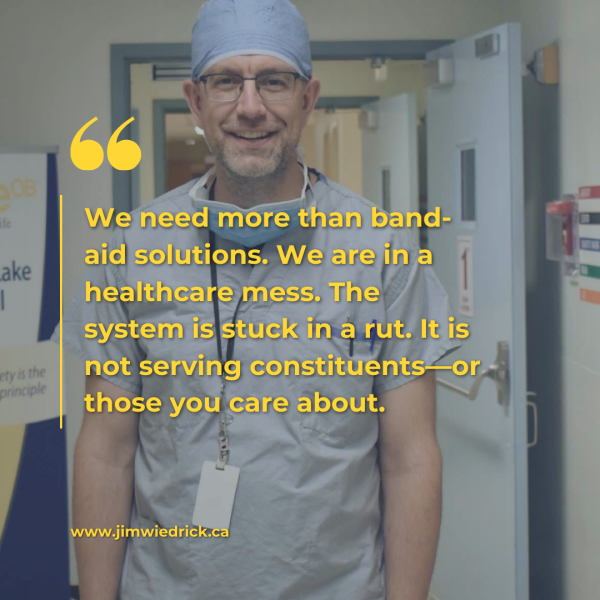
We Need Innovation and More Options
So, here’s what I believe:
- We need more flexible healthcare options—just like we have in dental care.
- Also we need to rethink the Canada Health Act and allow innovation at the provincial level.
- We need a government that leads—not one that just reacts.
- We need to put patients, not political parties, first.
I want to see a healthcare system that actually serves the people who need it. And that means real reform—not political games.
A Bold Vision for Canada’s Healthcare Future
It’s time to rethink the Canada Health Act and demand a system that prioritizes patients over politics. The federal government needs to lead the way, studying what works internationally and empowering provinces to implement better care models.
Because let’s be honest: The Liberals look after Liberals, the Conservatives look after Conservatives, and lately, we’ve learned that the NDP looks after—wait for it—the Liberals.
Who is looking out for you?
I want to be that representative. I’m not here to play party politics—I’m here to fight for real healthcare reform in Canada.
Let’s rejuvenate democracy and rejuvenate healthcare. If you want to be part of the conversation, let’s talk. Request a Coffee Chat today and share this message with a friend who cares about Canada’s future.
Who’s Really Looking Out for You?
Let’s be honest:
-
Liberals look after Liberals.
-
Conservatives look after Conservatives.
-
And lately, we’ve learned the NDP looks after… wait for it… the Liberals.
So, who’s looking out for you?
That’s why I’m running as an Independent. Because this isn’t about protecting a party—it’s about fixing what’s broken for you, your family, and your future.
Let’s Talk About Real Solutions
Naturally, I don’t have all the answers—but I know that together, we can find them. That’s why I want to hear from you.
Let’s grab a coffee and talk about what you think needs to change. And if you know someone else who cares about fixing healthcare, send them my way.
Because this is your healthcare. This is your future. And it’s time for real action.

Other things you might be interested in:
Learn more about…
People also want to know what he thinks about:
- Charting a Bold Course: Jim Wiedrick’s Vision for Canada
- Clean Electricity for the Future
- Problems with Democracy in Canada: In Need of a Cure
- A Green Transportation Initiative: Revolutionizing Bike Storage at Kootenay Lake Hospital
- Electoral Reform is Required in Canada Now!
- Canadian Medicare Policy Reform: A Big Picture Fix

